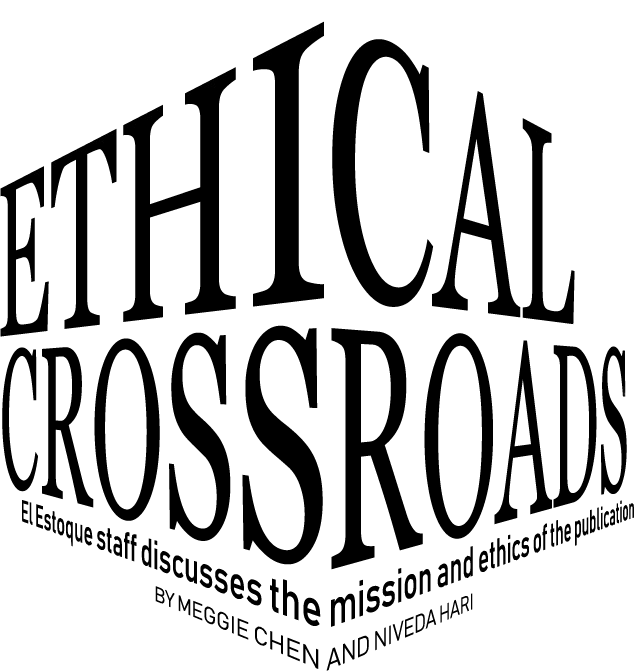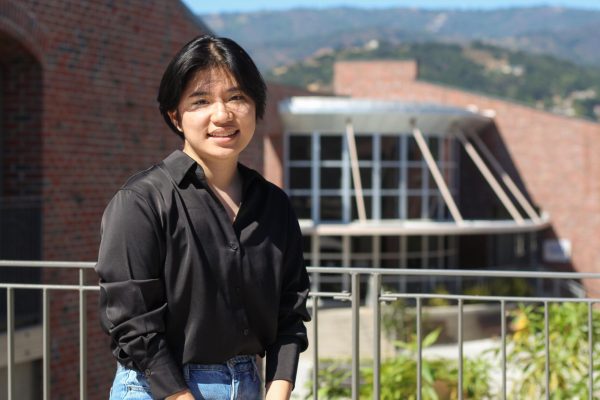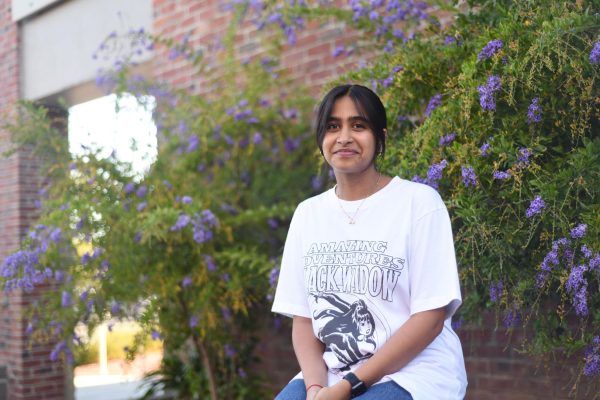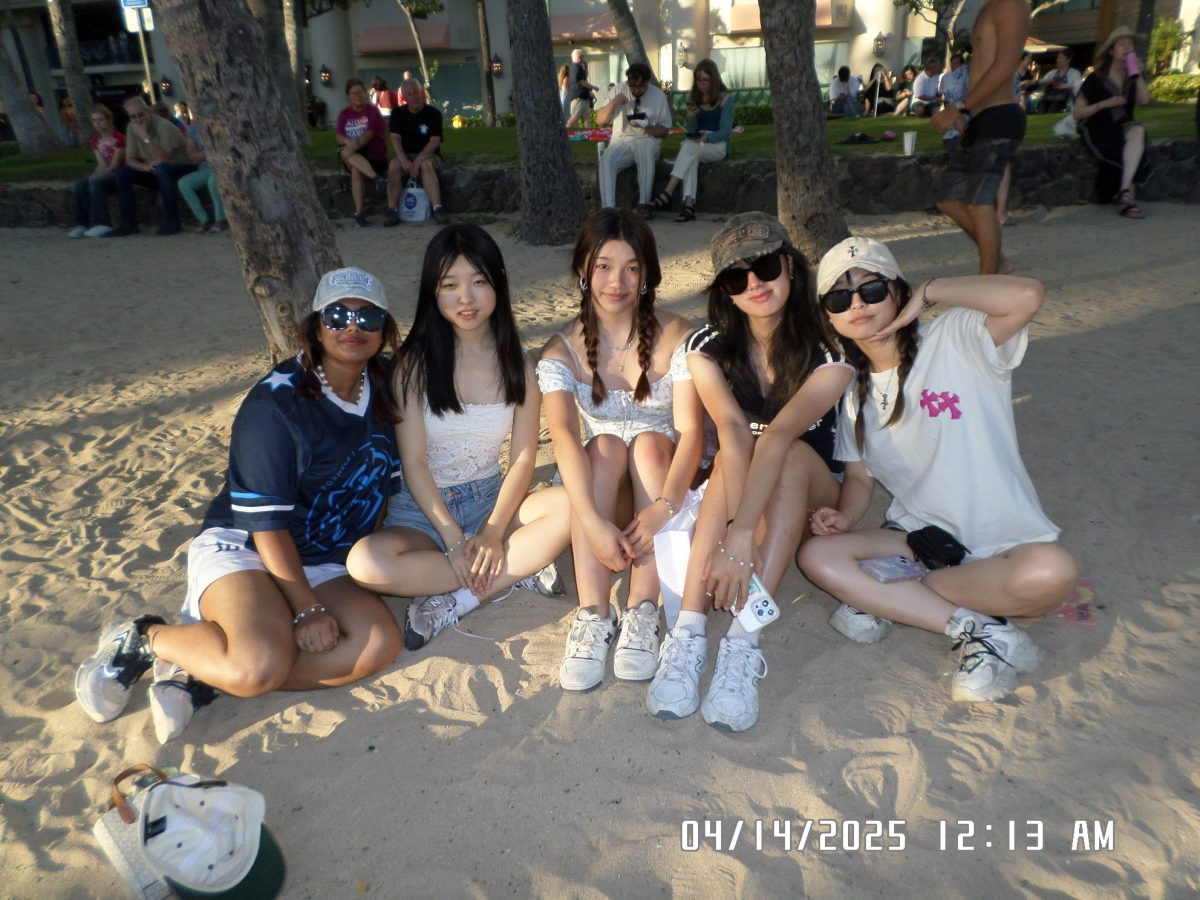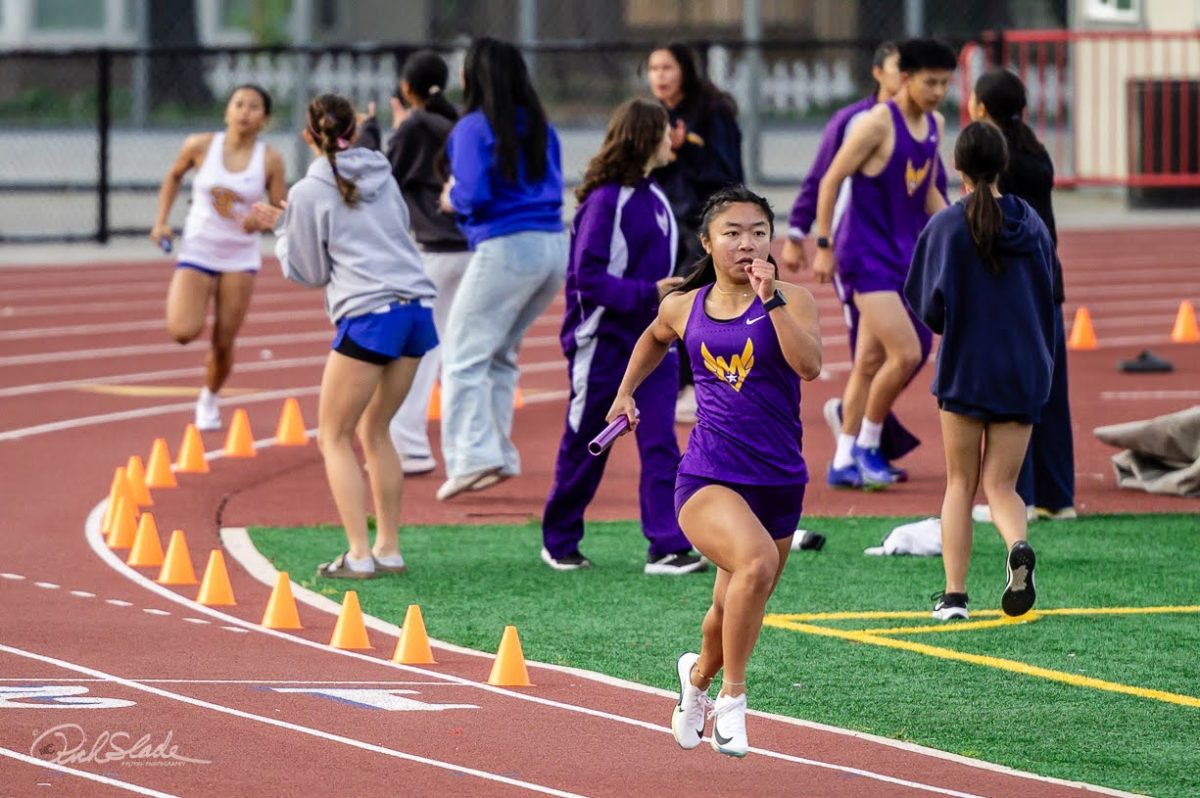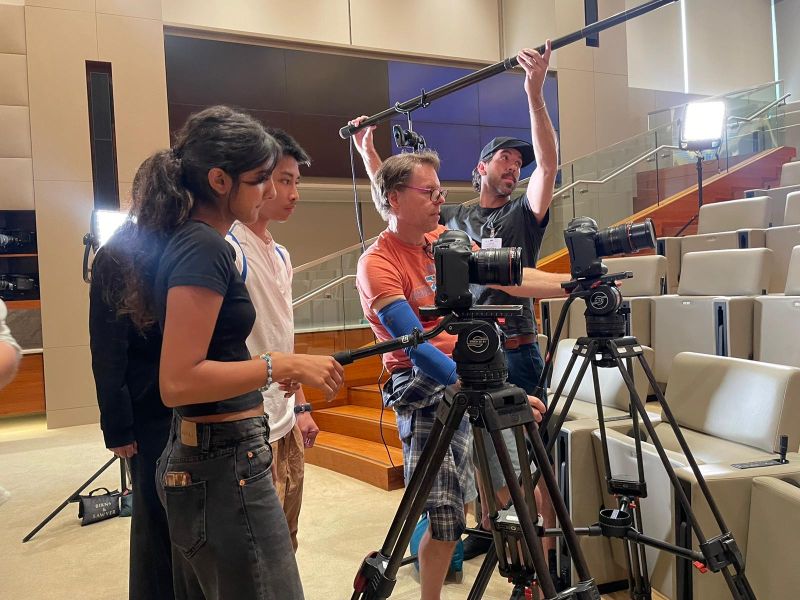El Estoque (EE) has been a student-run publication at MVHS since it began in 1969 and aims to follow this current mission statement: “El Estoque will accurately inform our community through well-researched, unbiased and in-depth accounts of stories of the student body and staff, local news and developments and taboo topics prevalent in and near the MVHS realm.” The processes and effort that go into fulfilling this mission are often unseen but play a prevalent role in EE’s reporting process.
Senior and co-Editor-in-Chief Kalyani Puthenpurayil explains the process that El Estoque uses to avoid bias and produce ethical reporting. When it comes to finding sources for stories, certain requirements have to be met. For opinion stories, writers need at least one supporting opinion and one dissenting opinion for the topic at hand. Interview stories are required to have an expert source, either an adult or a professional in the topic that is being covered, to make sure the information is correct and unbiased. They also require a minimum of three interviews that provide different perspectives from the MVHS community. El Estoque adviser Julia Satterthwaite says this is to help prevent personal bias and write well-researched, informed stories.
“I think one of the critiques of modern-day media is that they have an agenda, and some publications do have a leaning that they’re going for and that’s likely connected to their advertising dollars,” Satterthwaite said. “So in any case, we try to be viewpoint-neutral, and make sure that whatever we’re writing about, we really understand the issue.”
But getting multiple perspectives, or finding a way to ensure neutrality, is sometimes difficult, and these are grounds in which a story idea may be discarded. For example, junior and news editor Alyssa Yang explains that although the Israel-Hamas war is a relevant and important topic, EE chose not to cover it due to sourcing issues.
“One of the main reasons we didn’t cover it was that we decided it was too hard for us to stay unbiased,” Yang said. “We aren’t experts, and it would be very difficult for us to get expert sources. If we wrote an article, people would get hurt no matter what. It wasn’t something that our community really needed to be informed about by a student publication.”
When sourcing gets difficult, EE reporters turn to the sourcing channel on Slack, where they can post inquiries to fellow reporters for specific sourcing requests – for example, if a reporter is writing a story about gun control, they may ask in the channel if anyone knows a student that has strong feelings both for and against gun control. Puthenpurayil explains that having the 68-person staff contribute to sourcing leads to greater source diversity.
However, Satterthwaite specifically notes an incident that occurred this year, which prompted some adjustments to the sourcing channel. The reporters were covering a sensitive topic regarding hidden illnesses, and a problem came up concerning staff members sharing sources they knew when those sources were not interested in being interviewed about the topic.
“It felt really awkward and unethical,” Satterthwaite said. “So now we have this policy where if you’re going to be putting forth a name for a potential source for a story of your friend or someone you know, you have to check with them first before recommending their name to the reporter.”
Accountability is also a key tenant that EE seeks to uphold, according to Puthenpurayil. The staff does this by correcting any factual error or misquote with the correction is listed in the online version of the story so readers know what changes were made.
“As a trustworthy, consistent, reliable source of information we strive to be accountable, adaptable and ready to correct and address our mistakes,” Puthenpurayil said. “We want to uphold our mission statement by addressing our mistakes, and letting people know we made this mistake.”
Yang agrees and notes that false or incorrect information may be difficult to avoid, especially in cases where sources may tell reporters incorrect information that is not caught before the story is published. However, EE reporters often do extensive research, especially for sections like News, to ensure that the information that is published is trustworthy and ethically sourced.
In addition to being responsible for publishing truthful information, Satterthwaite also points out that reporters have a duty to protect their sources. Sometimes, reporters have to be careful in knowing when to quote a source and when to refrain from doing so.
“If a kid is quoted saying something that sounds ignorant, I don’t recommend using it because you may want to protect this kid from themselves,” Satterthwaite said. “At some point, they might realize they have a different perspective later on. So we want to avoid future situations where people are looking at articles back in the day and saying, ‘I can’t believe I said that.’”
Puthenpurayil emphasizes the importance of sources feeling comfortable when getting interviewed. For example, when sources aren’t willing to publicly talk about sensitive topics, staff can anonymize them. However, reporters try to avoid this when possible to maintain credibility, and it’s treated as a last resort and rarely used – such as when the topic being covered is illegal or when the source may face harm.
“When it’s a very sensitive topic, and the person doesn’t want their name used, then we anonymize them,” Puthenpurayil said. “And then we put like a little note at the top of the story that says, ‘This person is anonymous due to privacy concerns’ or whatever they’re worried about.”
Ultimately, despite the challenges, Yang believes that being on EE requires a lot of persistence, and with that comes learning important skills. She highlights the significance of the ethical decisions the staff has to make, like fact checking and covering stories that will not do more harm than good. But Yang says the unique opportunity and public nature provided to student reporters, and the chance for them to overcome obstacles is a valuable experience for the staff.
“We’re student reporters, people are willing to take chances on us,” Yang said. “I feel like as you get older and move into the real world, you have to start fending for yourself, but right now as a student reporter, this is a learning opportunity for all of us.”




